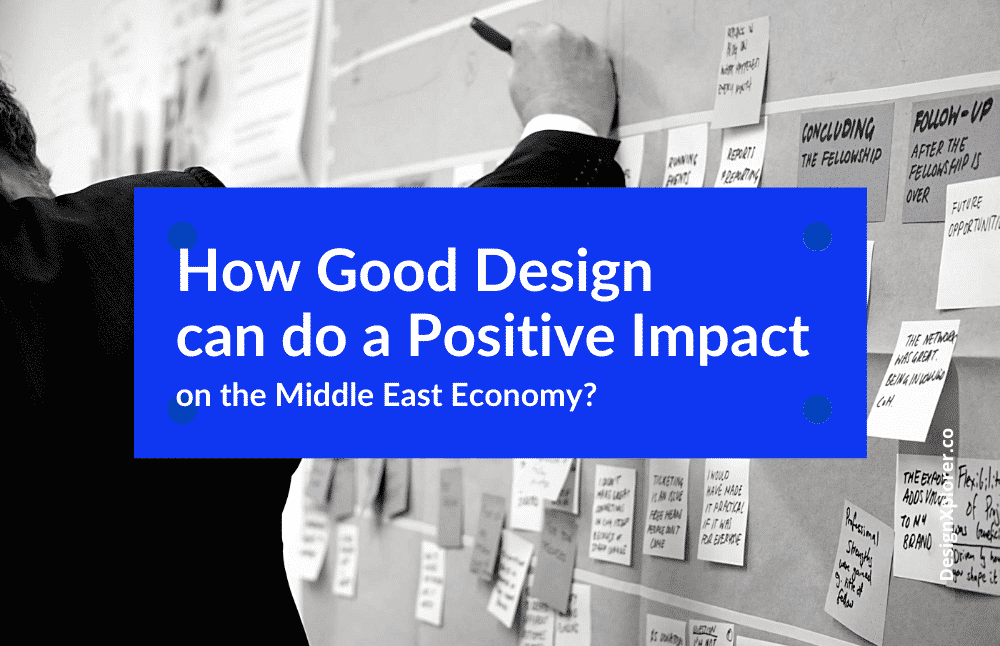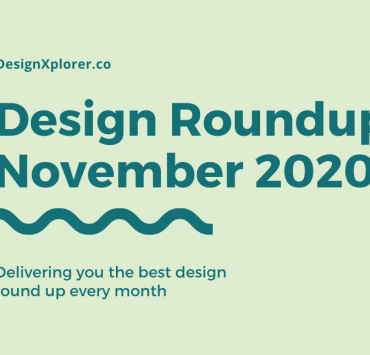
With online sales currently valued at $3.5 trillion, the e-commerce market is booming. Design is the key to build a successful e-commerce platform and crack the middle east market.
While it is not as developed as the markets in the United States or Europe, but it has picked up its pace and is rapidly evolving. This has created a perfect opportunity for businesses to enter the market and a well-designed e-commerce platform is the way to do so.
Understanding the middle east e-commerce market
The Region
The Middle East is often classified into 2 economic groups. First, that focuses on the 6 countries in the GCC (Gulf Cooperation Council) – Qatar, Kuwait, Bahrain, Saudi, Oman, and UAE. The second economic group encompasses a broader MENA region which includes Yemen, Iraq, Iran, Israel, Lebanon, Jordan, Pakistan, Afghanistan and northern parts of Africa like Egypt, Morocco, Algeria and Libya.
The Market
The true impact of e-commerce in the middle east has only just begun to be felt. While it accounted for 10% of global retail sales in 2017, that has rapidly risen to 14% as of 2019 and is estimated to leap further by 22% by 2023, with online sales currently valued at $3.5 trillion. UAE being the region’s fastest-growing e-commerce market.
Catalyst effect: 2020 pandemic
The lockdowns imposed due to COVID-19 pandemic drastically changed people’s attitudes towards retail shopping. Due to the widespread acknowledgement of the dangers posed by the usage of hard currency and standing in long queues outside, retail stores have catalysed a shift towards e-commerce shopping.

“Convenience is key to Middle East consumers and they are willing to spend to get it.”
Norma Taki, PwC Middle East Consumer Markets Leader
With offline shopping collapsing, companies like Amazon, Mumzworld, Noon.com, and many more in the region have started strategizing to focus on fortifying their web presence. In some cases, offline retail stores have started building their online business.
- Amazon’s Online sales jumped 48 per cent to $45.9bn in the second quarter
- Mumzworld reported 800% growth on the back of Covid-19
- ZON, the region’s first fully decentralized mobile-only e-commerce network, raised $8m in seed funding
- Farmbox, a Dubai-based food delivery service, is one startup that has seen its orders jump nearly tenfold as more customers shop online
What’s the future of e-commerce in the middle east

With an all-time high in retail sales and increasing internet penetration rate, the future of e-commerce in the middle east is bright.
The only question is to be asked here is “Whether the Middle East’s e-commerce sector can maintain the momentum triggered by COVID-19 “. According to reports by ZDNet, Investors in the region are investing heavily in retail tech. This has increased the competition level among the e-commerce brands in the region and design is playing a major role in this rivalry.
How can design help?

Design works on the core principles of problem-solving and focusing on creating fulfilling products for stakeholders (User, business owners, investors, etc). The design also attends to core business needs, discovering, understanding, defining problems and creating solutions for those problems.
For new businesses, design helps to catch the pulse of the target users and the market. It also understands the main problem users are facing so solutions can be converted into a business opportunity. And for existing businesses, it helps to find new ways to understand their customer’s problems and solve them in the most effective way possible.

“A satisfied customer is the best business strategy of all.”
– Michael LeBoeuf (American business author)
A well-designed product helps the business to find the right balance between understanding what customers want most and what their product does the best to fulfil it.
How to grab the opportunity and succeed in the middle east market?
There are some points every business should focus on before entering the market, especially one as diverse as the middle east:

Learn and adapt:
Learning about the market, target users, competitors, and how shaping the product based on these learnings help a business stand apart in the market.
The following steps should be taken on early stages before shaping the product:
- Study and understand the market
- Study the people
- Study the region culture
- Connect one to one with your target audience, to get deeper insights
- Study your competitors
Be pragmatic:
Rather than attempting to launch a full-blown digital business across the market at once, try to go to market fast with a limited offering and in limited geographies, gain strong traction, and then scale up and out aggressively. UAE is the market where you can test your product in the middle east.
Pick a design studio:
Picking the right design studio is a critical task. It should be done at the early stages of product ideation. A design studio is often a one-stop location for businesses to build a solid idea of what their final product will be. One great example of a design studio with experience in this particular avenue is Lollypop Design.
Conclusion
Building an e-commerce business from scratch or improving the current one is no small undertaking. But past successful startups and e-commerce leaders in the market have shown that a well-designed product and a dedicated program properly structured can not only make it happen but can also show higher results than expected.
Rapid evolving and fast-growing retail market of the middle east has given the perfect opportunity for businesses to start or expand.
Some articles that you may like
Ultimate Designer’s Gift Guide 2020: Buy the Best Gifts for Designers for This Holiday
How Augmented Reality & Artificial Intelligence Changing UX/UI Landscape?
Revisiting The Basics: 21 Fabulous UX Design Infographics
How to get inspired and become a better designer
Inspiring TED Talks – Three 20 mins Short Videos to Motivate You
The Complete Beginner’s Guide to Design Systems





